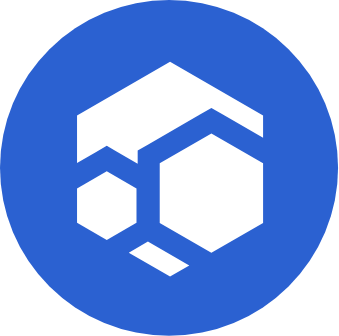If you’ve been following us for a while, or have read our WhitePaper you will know that the Collector, Guardian and GeoCore nodes work together to create Timpi’s search engine. Last week we published an article explaining how these different parts are managed by TAP (Timpi Autonomous Protocol).
This week, we are excited to announce that we are making part of Timpi’s technology open source!

Let’s back track for a moment and return to Collectors, Guardians and GeoCores.
As the world’s first decentralized search engine, it is paramount that the various parts of our search engine are completely decentralized. It is due to this that we want our community to run all three types of nodes.
So far, in the past months, we have released the Collector and Guardian nodes for our community to beta test in preparation for our private beta launch in Q1 of next year.
About the Collector
Until recently the Collector was one application; a combination of our proprietary technology and the front-end UI (the dashboard if you will). After some testing, we decided to divide it into two parts: our proprietary technology as one part and the front-end UI as the other.

Why did we decide to divide the Collector into 2 parts?
We decided to separate the Collector into two parts for simple reasons. Firstly, because of the system usage and performance. Secondly Since we have separated the Collector into two parts, we have seen considerable improvements in all cases.

Both our proprietary technology as well as the Collector UI use memory. This is an opportunity to make our Collector more RAM efficient. By separating the Collector into two parts, we can now switch off the UI part of the Collector. This frees up memory and also improving stability. There is no reason for the UI to always run while the Collector is running. With this the UI can be stopped. This means that our community is now able to run more workers on their Collector nodes.
An application or service?
Previously we the Collector was run by an application. Now, it is only the Collector UI that is run by an application (Timpi Manager). The Collector proprietary technology is now run as a service. This means that you can run a virtual machine and the Collector will run automatically. In other words, you no longer have to start and stop the Collector — it can run at all times in the background. As for the UI, you can now switch it off completely without it affecting the Collector workers. After all, the UI is only used to check statistics and to adjust the configurations of the Collector.
Moving to RUST: A change in programming language
With the move to separate the Collector into two parts we also decided to build the Collector UI on a different programming language. The UI, as part of the Collector application, was previously built with C-Sharp, but now the UI will move to RUST.
The reason being, that C-Sharp has over the top functionality that we don’t need for the Collector UI. It is the wrong tool for the job. It made more sense to use RUST to make the Collector UI slimmer and more efficient.
Why make the Collector UI open source?
If you are in our Telegram or Discord group, you will know our superstar community manager SpellignError. It was his brilliant suggestion to make the UI part of our Collector open source. After some consideration we decided to green light the idea.
The reason we will make the Collector UI open source is to give our node operators an opportunity to extend UI functionality. There are many ways that the functionality can be extended. A few examples are (by no means exhaustive):
- Customization of the look
- Open source home automation (e.g.: Home Assistant)
- Extension of functionality so that other platforms can run it (e.g.: raspberry pi or other low power systems)
- Creation of remote controls
Who can extend the functionality of the Collector UI?
Anyone with the technical know-how can extend the Collector UI’s functionality. To do so you will need to understand RUST and have general programming and html knowledge.
We encourage our community take a dive into extending the functionalities. We welcome forks and would love to see those made available via GitHub. We are a community-oriented organization, and we’d love to see our members make use of other UI versions developed by the community.
When will the Collector UI be available on GitHub?
According to our estimations the GitHub Repository for the beta version of the new UI will be available in 4 weeks. Keep your eyes peeled for when that drops.





